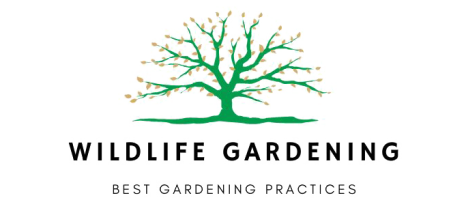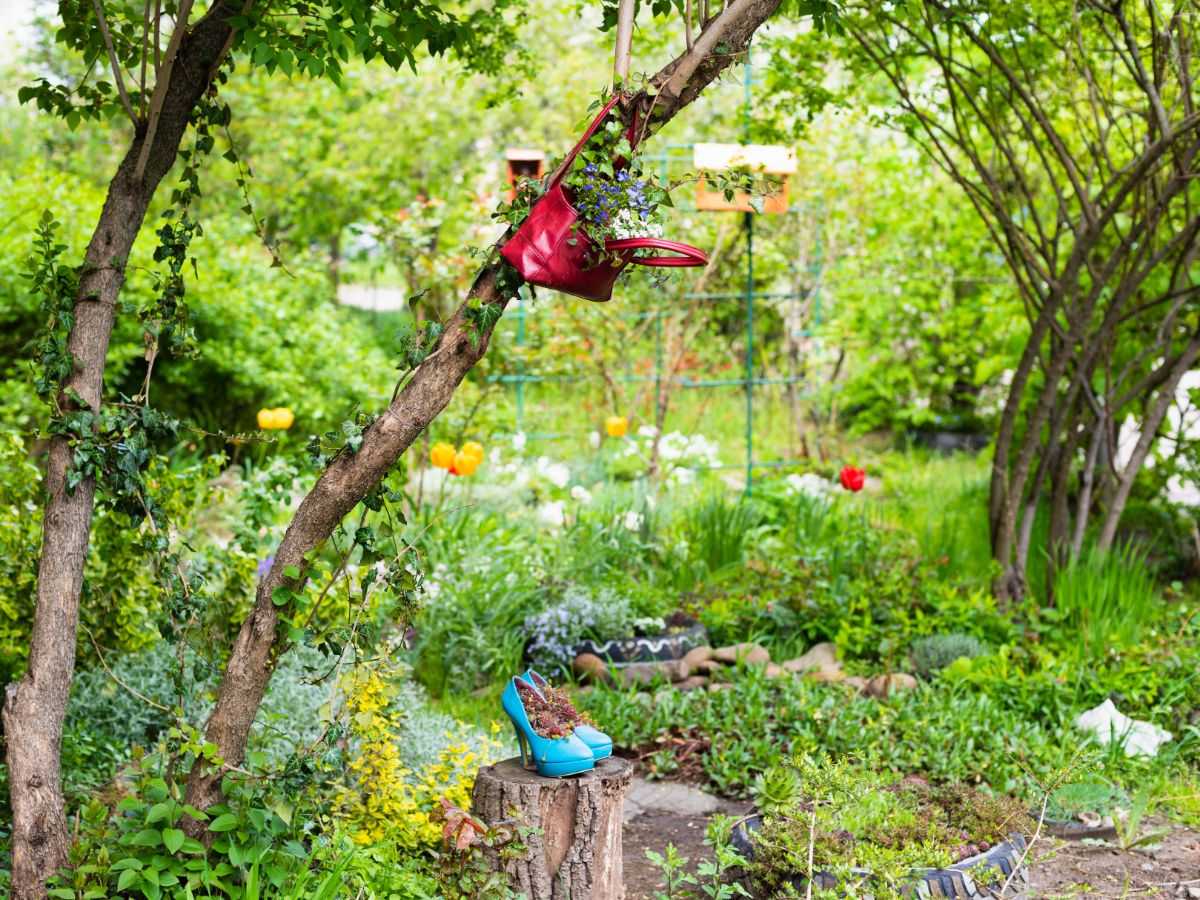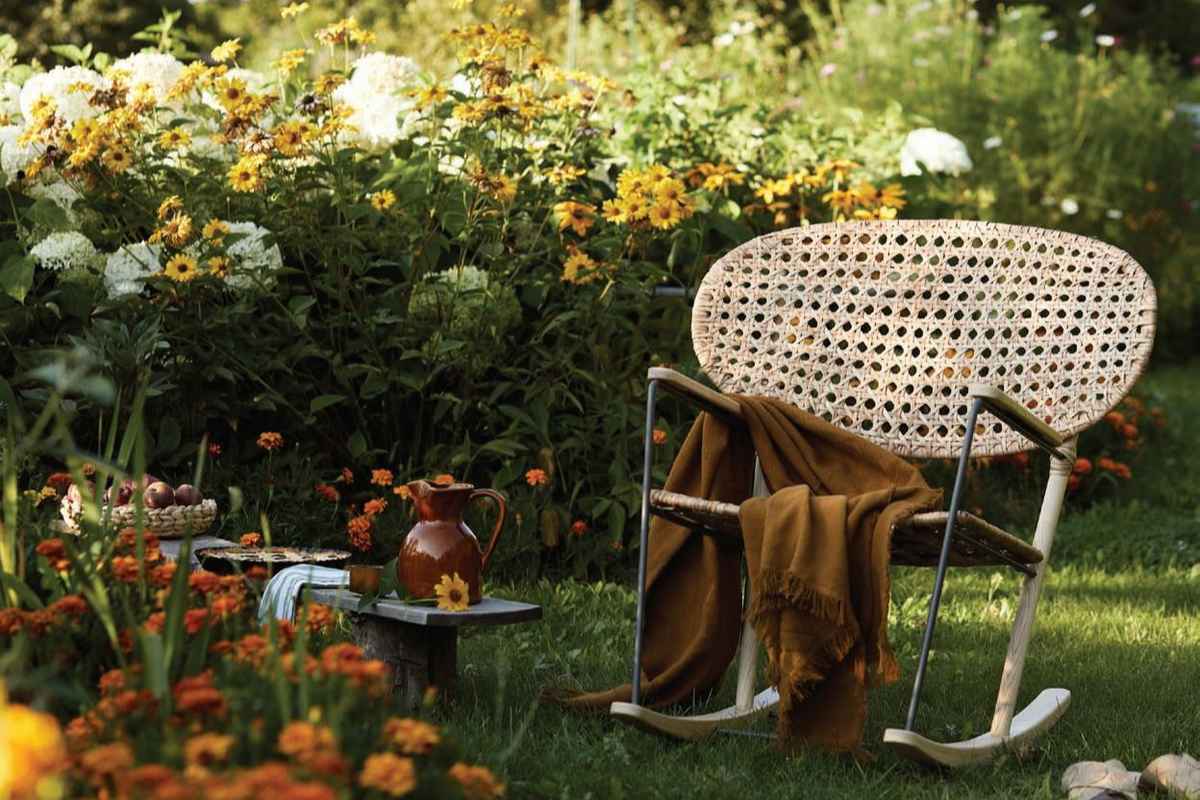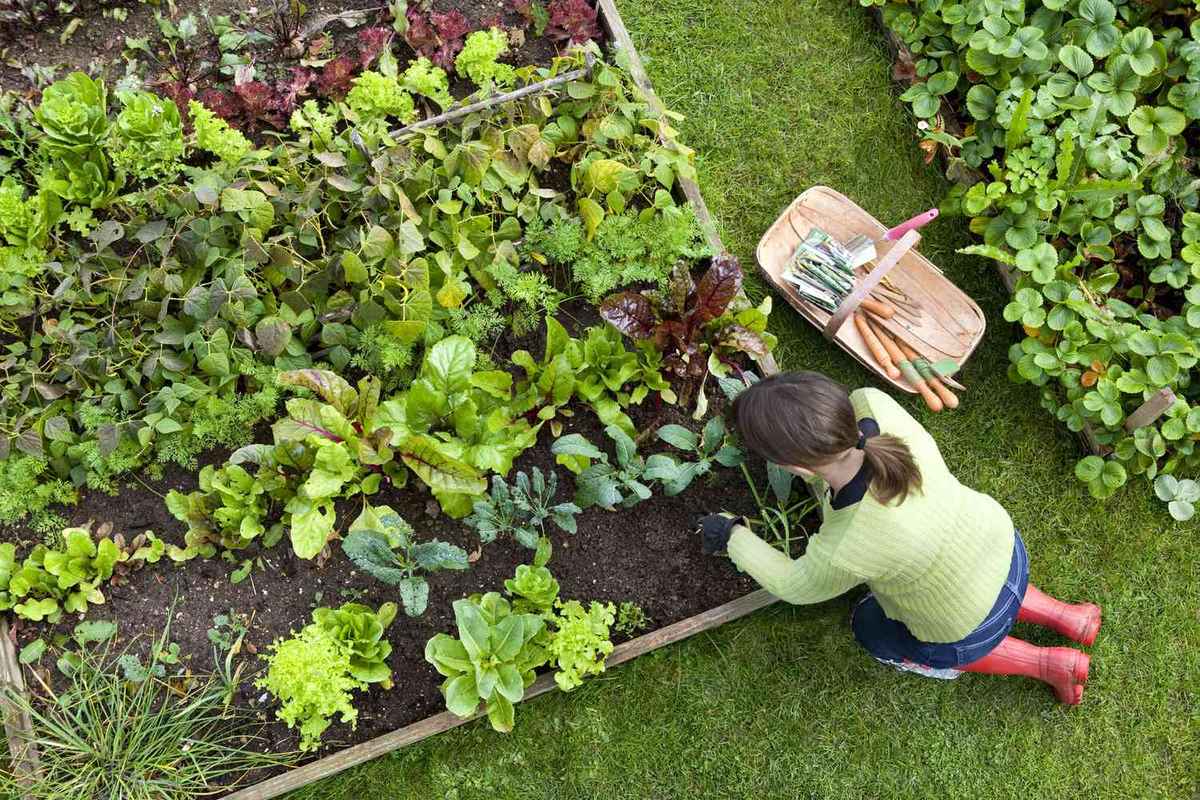Derived from the Greek term “xeros,” meaning dry, xeriscape represents a form of landscaping centered around low-maintenance plants that demand minimal human intervention.
The objective is to minimize your interference as much as possible, translating to reduced watering and a reliance on nature’s processes.
Xeriscape design has gained popularity in the western United States in recent years. States like California and Colorado were among the pioneers in adopting widespread xeriscaping.
This trend has been spurred by the extended and intensified droughts caused by climate change, with over 94 percent of California experiencing severe drought conditions during the summer of 2022.
Despite its name, xeriscaping isn’t limited to arid regions. Even in rainy areas like the Pacific Northwest, plants like ferns and spruces thrive in the damp and mild winters. Native Florida species such as beach sunflowers, lilies, and irises flourish in the Sunshine State.
The fundamental concept is to utilize plant varieties that are best suited for the specific climate you’re working with, irrespective of the amount of rainfall or sunlight characteristic of that region.
What are Its Benefits
Xeriscaping places a primary emphasis on its environmental advantages. Aside from that, it also comes with many other benefits which are as follows:
Save Money and Water
Xeriscaping offers significant potential for water conservation.
Plants adapted to drought conditions can thrive with minimal irrigation, drawing their essential needs from the surroundings. This not only reduces costs by minimizing the need for frequent watering but also aligns perfectly with sustainable gardening principles.
The remarkable water savings associated with xeriscaping have captured the attention of local governments.
For instance, in a study spanning from 2016 to 2019, the City of Fort Collins, CO observed that residents saved an average of 14 gallons of water per square foot through landscaping conversion from high to low water usage.
Support Wildlife in Your Area
By populating your outdoor areas with native plants, you play a vital role in safeguarding natural wildlife ecosystems. These spaces serve as essential food sources for birds and other creatures, especially in urban settings where development has disrupted their natural habitats and sustenance.
Native plants are equally crucial for butterflies and bees, as they support pollination and seed dispersal, which are fundamental for the survival of plant species, preventing them from becoming extinct.
Increase Your Curb Appeal
Beyond the environmental advantages, xeriscaping also enhances the curb appeal of your property. As passersby drive by your front yard, they’ll take note of how seamlessly your landscaping complements your home’s architectural style and the natural surroundings.
This aspect becomes pivotal if you’re considering selling your property, as initial impressions hold considerable weight and can substantially elevate your home’s value.
Yet, even if your intention is to remain and relish your outdoor area, the desire for it to look aesthetically pleasing remains just as relevant.





